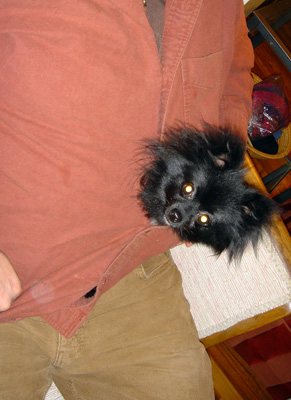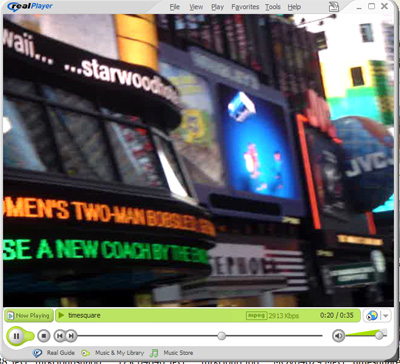============
A word from our sponsor:

“Thanks to The Lifebox, the Seashell, and the Soul I’m a big winner!“/
============

Okay, in six more days, that is, on March 22, 2006, I will be sixty years old.

Turning sixty is twice as bad as turning thirty. Not only are you really old, you’re about to die.

One way to compensate has been car-shopping to replace my old Acura. I decided to go for a dark green BMW 325i with automatic, and leather seats. I test-drove a bunch of other cars, but the BMW was the most exciting. I went up to 95 without noticing. And when I almost passed the exit to get back to the dealership while still in the left lane, I was able to skitter through tiny holes in traffic to the exit, nimble as a hockey puck on ice.

Now I realize why BMW drivers act that way. It’s not so much that they’re intrinsically bad people. It’s just that the car makes it possible to move through traffic in a different kind of way. Reminds me of the old joke: “Why do dogs lick their balls?” “Because they can.”

The other thing I did in preparation for my birthday was to go to a hospital emergency room, thinking I might be having a heart attack. Now, my back always aches, but in the last month or two I’ve had a kind of ache in the middle of my chest. It doesn’t hurt more when I exercise — I still go out mountain biking, for instance. But I was wondering if it might be angina, or heart-pain. I wanted to go see my regular doctor or a cardiologist, but it’s always so hard to get in to see these guys. And the other day I woke up and its seemed like the pain in my chest was stronger than before. So I Google “angina” and it seems to suggest that it’s actually more dangerous if your chest doesn’t hurt more when you exercise, and suggests that I “call 911 immediately”!

Sadly I packed my overnight toiletry kit, put it in my knapsack with some papers and books, and drove to the hospital. They were very nice to me. They hooked up wires to me, took blood samples, X-rayed me. I got wheeled down a hospital corridor in a bed — there’s a classic first-person-viewpoint for you. A trip to the underworld. Everyone kind and considerate.

Turns out there’s nothing at all wrong with my heart! In other words I have some slight muscle ache or stomach distress and I’m totally freaking out about turning sixty. It was kind of cozy waiting for the test results lying in the emergency room bed doing a crossword puzzle and revising my novel. Man did I feel safe. Would be great to move in there full time… Though of course I feel a bit guilty for taking up the space unnecessarily. This isn't something I've many times before; the unnecessary panic-trip to the doctor/hospital. Well, at least now I know the way there.

Oddly enough, during this little ordeal it didn’t cross my mind to pray. I was on autopilot, too anxious to think very hard. Though when I got home to my nice little grassy backyard, I was very happy and grateful. And I remembered to thank God I had some more time. Ah, the clouds.

The sky these days reminds me of the two years we spent in Heidelberg, 1978-1980. The mild blue and the puffy cartoony clouds. Spring. The start and end of the zodiac, the singular point where the world-snake bites its tail. The entrance to the underworld.

I’ll be glad when this birthday’s over. I feels a bit like how I felt right before Jan 1, 2000. As if the world is totally going to come apart into pieces. It’s just a number, Ru, just a number.





















